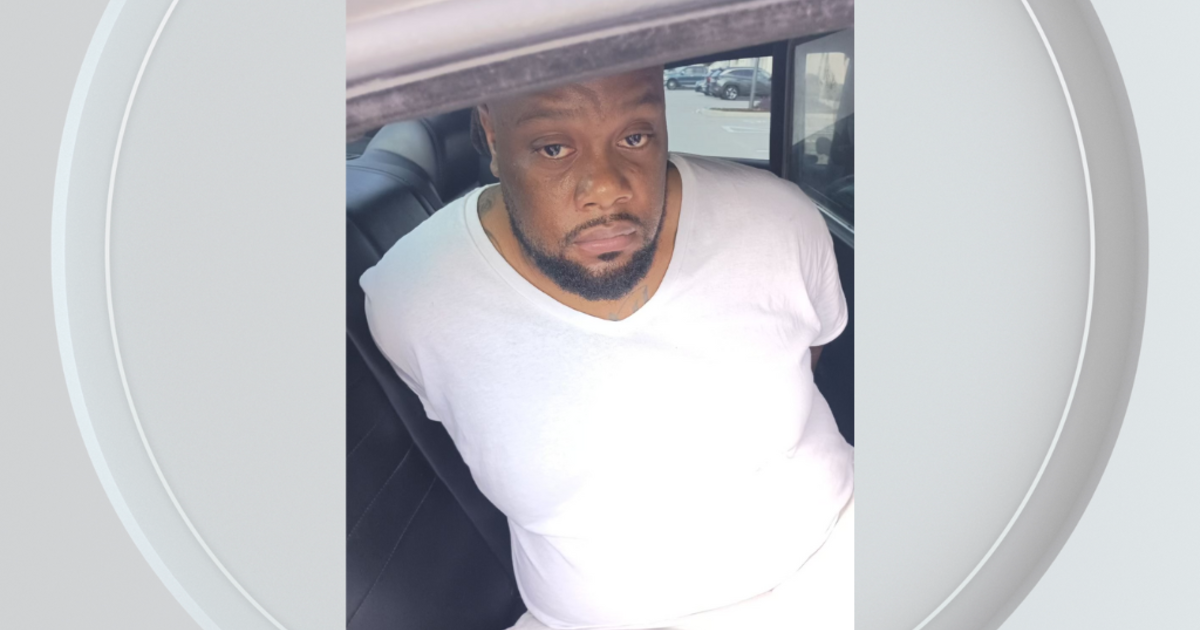Doctors Turn To Topical Cream To Treat Common Skin Cancer
PITTSBURGH (KDKA) - Car dealership finance manager Tracy Cundra-Lawson has had the most common skin cancer in America -- basal cell carcinoma -- a type related to sun exposure.
"Raised in the 70s and 80s, you wore the Hawaiian Tropic, the oil," she says.
A spot on her chest was treated with a scalpel.
"They put you under, and they dig in there, and then they take it out, and then they put all kinds of stitches there. And then you have to come out of it. And I don't do very well with anesthesia," she recalls.
Later, spots on her legs were treated with a cream called imiquimod.
"I thought no way this is going to work," she admits, "because everyone would be putting cream on everything."
The cream, initially developed for warts, harnesses the immune system to fight the skin cancer.
"It got a little irritated at first. It was a little red. It's nothing that hurt real bad. It was a lot less invasive than getting cut open," Tracy said.
Basal cell carcinoma is most common type of skin cancer. Even though it doesn't spread and it's not life-threatening, it grows in place bigger and bigger - as big as a dinner plate if it's let go for years.
"It can look red and scabby, like a cut that doesn't heal. It can bleed and become very disfiguring," says Dr. Brian Horvath of Horvath Dermatology.
So how do doctors decide which treatment to use?
"First, the area is biopsied to confirm it is a basal cell cancer and to see how deep it is," he said. "The cream can only be used on very thin skin cancers. If it's too deep, you really have to have the surgery, otherwise, the cream won't penetrate enough to be effective."
The cream can be expensive.
"It is now generic, but it's an expensive generic. Without insurance coverage, it can be a couple hundred dollars for a treatment," says Dr. Horavth.
And even though you're spared an operation, the cream has to be used for weeks.
"Once a day for six weeks, and it makes your skin extremely red where you're applying it. So, for that period of time when you're using it, everyone will comment on the redness," he said.
The redness fades in about two weeks without a scar, but when you're done, you're not necessarily out of the woods.
"If you have a skin cancer and have the surgery, the risk of it coming back is less than 1 percent with a Moh's surgery procedure. The risk of it coming back with using the cream is maybe more like 20 percent over a five-year period," he said.
For basal cell cancers on the face or upper chest, the cream can be a good option.
"I remember one woman who had a larger spot all over her right cheek, to have the surgery would have been a really disfiguring scar. It worked extremely well, and she's been very, very happy with that," Dr. Horvath says.
Tracy is happy, too, with how it worked on her legs.
"I think it's amazing. It left a little white mark. I don't know if it's even a centimeter. I didn't have to go to the hospital, I didn't have to be put under. It was wonderful. I wish they would have come out with it sooner, so I could have used it right here," she says pointing to the surgical scar on her chest.
Join The Conversation On The KDKA Facebook Page
Stay Up To Date, Follow KDKA On Twitter



